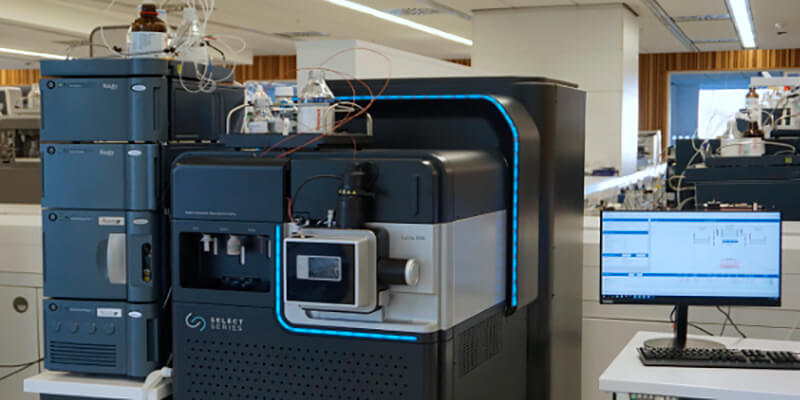Over the years, advances in separation technology have enabled the detection and quantification of compounds that have previously proved difficult to analyze. In metabolomics, many small compounds – which form the core of the analytes of interest fall into this group. The variation in compound modifications during metabolism can generate subtly different isomeric metabolites. These isomers can each tell a very different story when it comes to furthering the understanding of diseases and ultimately biochemical mechanisms. Chiral separation of isomers by supercritical fluid chromatography (SFC) has to some degree allowed these separations to be performed in short analytical acquisitions.1,2 Nevertheless, SFC requires a separate chromatography system to traditional liquid chromatography (LC) and therefore lacks the method flexibility associated with the latter configuration.
Ion mobility enabled mass spectrometers provide an additional orthogonal separation of ions prior to detection. This allows molecules of similar mass/charge to be separated by their collisional cross section (CCS) improving specificity, enabling improved identification, and cleaner MS/MS spectra. Although, some very closely related structural isomers exhibit the same or similar CCS value and drift time when measured on conventional ion mobility platforms, accurate determination is difficult by this method alone.
The SELECT SERIES Cyclic IMS instrument has previously been used to assist in the resolution of larger molecules such as peptides, polysaccharides, and lipids3 by performing multi-pass IMSn acquisitions (IMSn) where packets of ions can be cycled multiple times around the IMS region before being ejected for detection. In this application brief we demonstrate the Cyclic IMS instrument’s capability of enhancing the separation of small polar isomeric metabolites using the multi-pass feature.

>> Download the Full Application Note as a PDF
For research use only. Not for use in diagnostic procedures.
This is an Application Brief and does not contain a detailed Experimental section.





